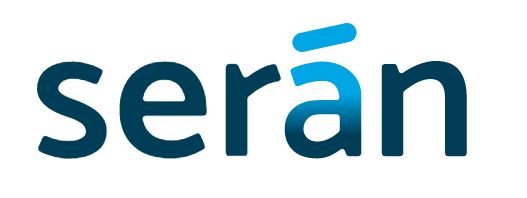Pros and Cons of Using SharePoint as an eQMS Solution
SharePoint, a popular collaboration platform by Microsoft, offers numerous features and functionalities that make it an option for organizations in need of an electronic Quality Management System (eQMS) solution. However, like any system, SharePoint comes with its own set of pros and cons, specifically in the area of eQMS, that need to be considered. In this article, we will explore the advantages and disadvantages of using SharePoint as an eQMS solution.
Pros:
- Included in Microsoft 365 / Office 365 Subscriptions: A significant advantage of using SharePoint as an eQMS solution is that it is already included in Microsoft 365 / Office 365 subscriptions. This means that organizations already using these subscriptions have access to SharePoint without any additional cost.
- Low implementation effort (works like a file share): Implementing SharePoint as a document store is relatively easy, as it functions similarly to a file share. Users can familiarize themselves quickly with its interface and start managing documents.
- Simple backups or snapshots of documents: SharePoint allows for simple backups or data snapshots of documents, providing organizations with a way of preserving their data in case of accidental deletion.
Cons:
- Version control limitations: The version control functionality provided by SharePoint is not a replacement for a dedicated version control procedure found in a QMS. Although saving documents creates new file versions in SharePoint, the document itself may not have a distinct version or revision, which can lead to confusion.
- Complex folder structures and permission control: Ensuring proper maintenance of SharePoint folder structures and implementing extensive permission control can become challenging, especially when multiple users are accessing and modifying files.
- Lack of overview of “effective” documents: SharePoint’s lack of visibility on active, “effective” documents can result in duplicates being downloaded or stored, leading to redundancy and potential confusion.
- Manual tracking of document review cycles: Review cycles for existing documents need to be manually tracked using external tools like Outlook Calendar entries, which can be time-consuming and prone to human error.
- Manual organization of document distribution and training: SharePoint does not offer automated features for the training or distribution of documents. Consequently, organizations need to rely on manual methods, such as sending emails or printing documents, to ensure effective dissemination.
- Manual evaluation of the impact of changed documents: When documents are updated, manually evaluating the impact and identifying the individuals who need to be trained or informed can be laborious and susceptible to oversight.
- Manual execution of approval loops for documents: Approval loops for documents in SharePoint also need to be executed manually, often requiring individuals to follow up with colleagues for signatures and approvals.
- Additional backup solutions required for long-term storage scenarios: If long-term storage is a must-have requirement, organizations need to implement additional backup solutions alongside SharePoint to ensure that essential data is securely stored over an extended period.

In addition, when it comes to companies that undergo audits or have specific regulatory requirements, using SharePoint as an eQMS solution may present the following further challenges:
- Auditing preparation: Preparing for audits, including reviewing documents, checking for outdated information, and ensuring training, can be time-consuming if all files are manually stored on SharePoint.
- Electronic signatures: If signatures are required for documents, they need to be scanned and re-uploaded in a folder structure that may become increasingly complex for each signed and approved revision.
- Cost of third-party solutions: Implementing third-party solutions to create electronic or digital signatures in SharePoint can often be more cost-intensive than opting for a robust real eQMS solution.
- Security and audit trail limitations: Since every SharePoint administrator can delete documents from the share, there is a lack of assurance when it comes to maintaining an audit trail of document actions, potentially posing challenges for regulatory compliance.
Pros of eQMS solutions:
While SharePoint offers some handy features, organizations should also consider dedicated eQMS solutions, which may provide the following benefits:
- Efficiency gains: Successful implementation of eQMS solutions can result in efficiency gains ranging from 20% to 40% in time spent managing documents. These solutions streamline processes and automate manual tasks, allowing quality personnel to focus on their core responsibilities, such as improving quality and handling issues.
In conclusion, SharePoint can be an option for organizations seeking simple document storage. However, its limitations in version control, overview of documents, manual tracking, and lack of automation may present challenges for organizations. Dedicated eQMS solutions offer comprehensive features that can lead to significant efficiency gains and improved resource allocation. Before deciding on the right solution, organizations must carefully assess their requirements and evaluate the trade-offs associated with each option.




